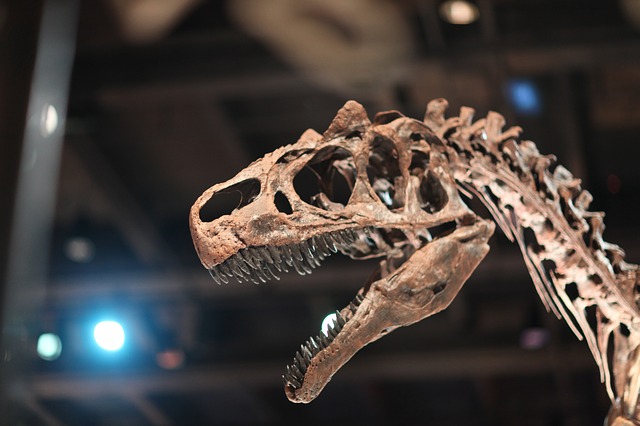
Researchers studied teeth to find out how dinosaur birds survived extinction.
New research has revealed that some dinosaurs – relatives to our modern day birds – may have survived extinction due to having a diet of seeds.
Up until now it has remained a mystery how some birds came to survive and thrive way after the mass extinction of the dinosaurs.
According to UPI, scientists studied 3,104 teeth of maniraptoran dinosaurs to find out how they came to become extinct – whether they died abruptly or if the species were already in decline.
“The small bird-like dinosaurs in the Cretaceous, the maniraptoran dinosaurs, are not a well-understood group. They’re some of the closest relatives to modern birds, and at the end of the Cretaceous, many went extinct, including the toothed birds—but modern crown-group birds managed to survive the extinction. The question is, why did that difference occur when these groups were so similar?”
What the team led, by Derek Larson, a paleontologist at the Philip J. Currie Dinosaur Museum in Alberta and PhD candidate at the University of Toronto, learned was that the last common dinosaur that links the prehistoric birds to out modern feathered friends was a toothless seed-eater. On conclusion of this, they believe that when the asteroid hit Earth it obliterated much of the fauna and only seeded plants were left to survive leaving food for the remaining seed-eating dinosaurs.
“There were bird-like dinosaurs with teeth up until the end of the Cretaceous, where they all died off very abruptly. Some groups of beaked birds may have been able to survive the extinction event because they were able to eat seeds.”
The research has been published in the journal Current Biology.

Leave a Reply